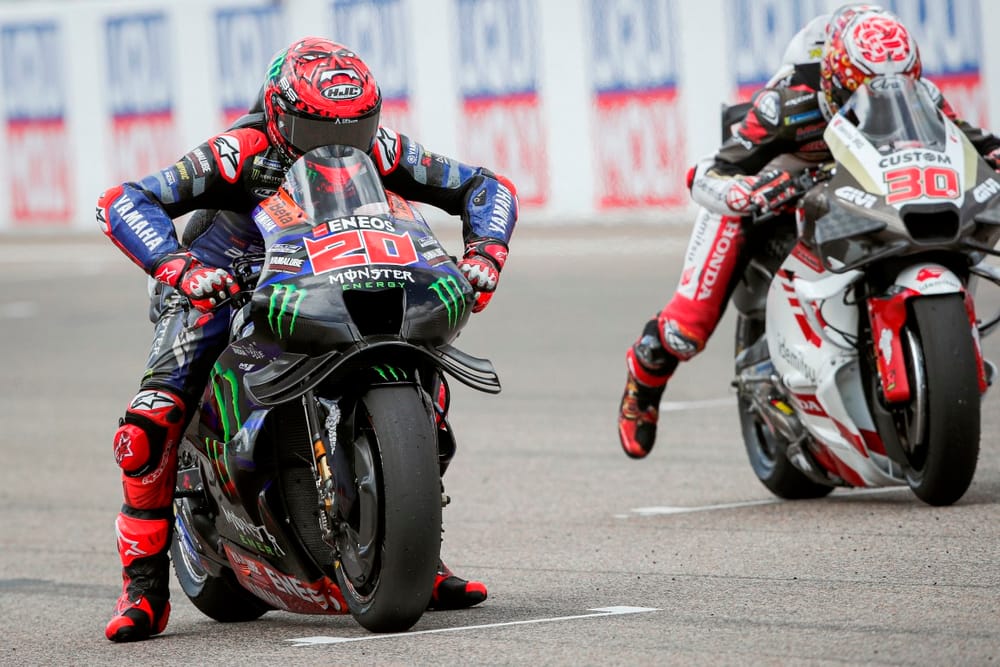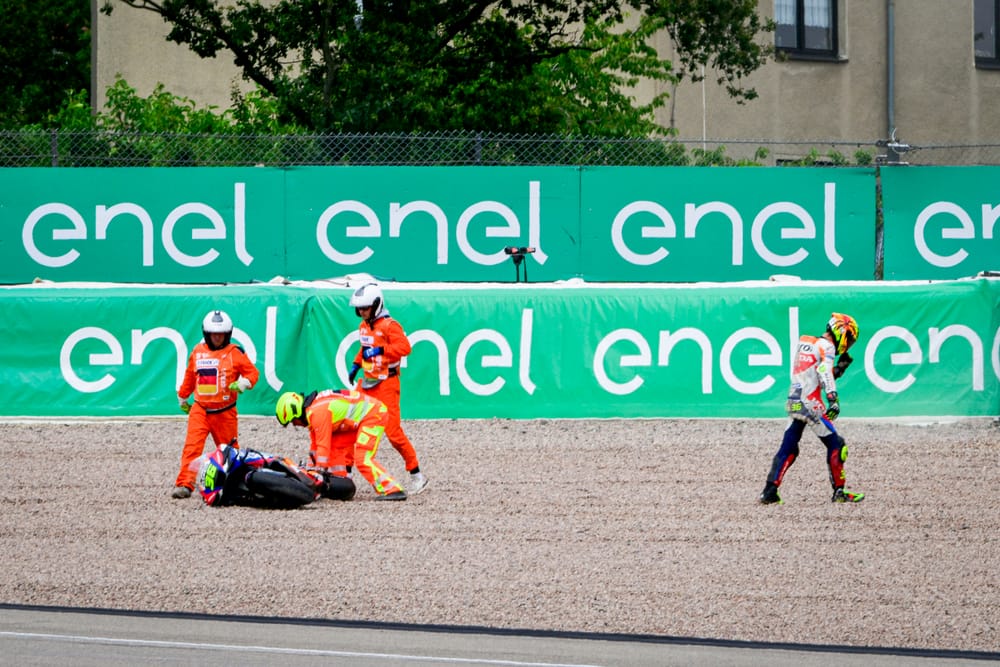The form of MotoGP’s two remaining - after Suzuki's exit - Japanese factories has been as unappealing as ever in 2024, both Yamaha and Honda having completed their decline downwards as the series’ European factories took over at the front.
But while things might be dark right now, is there finally some light at the end of the tunnel for either of the premier class's storied Japanese brands?
It’s hard to quantify just how awful Honda’s performance in particular has been in recent years. Seemingly missing out completely on MotoGP’s aerodynamic revolution and choosing to continue doing things its own way, it didn’t work for Honda - and the price for it wasn’t just the abysmal results and long list of injuries, because it also cost them Marc Marquez.
The reputation of the current RC213V is about as bad as a bike can get.
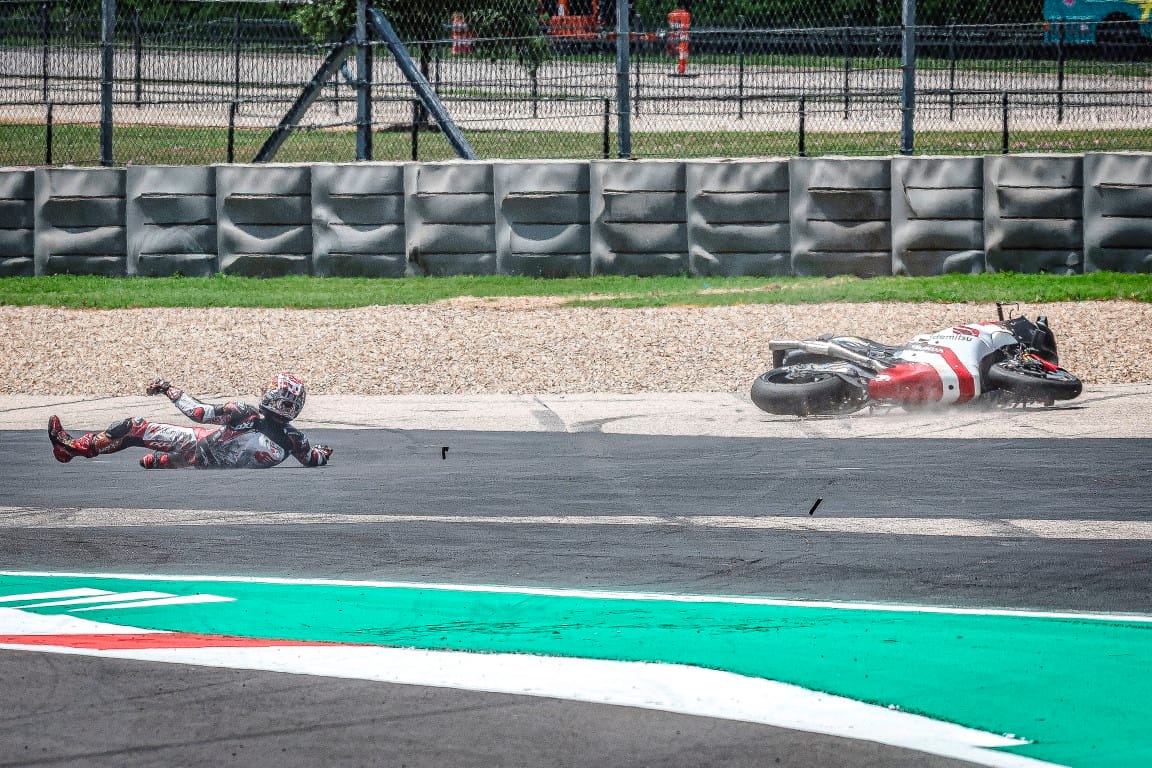
Unable to turn, unable to accelerate, and dangerous for its riders when they try to ask it to, there seems to only be two ways to ride it right now: slowly, like Luca Marini, or permanently at the risk of crashing, like Joan Mir.
Things at Yamaha are a little better, but not much. The bike there doesn’t quite tend to launch riders in the same way - but it’s also very much lost the secret sauce that made it the most friendly bike on the grid. No longer a sweet-handling machine, now its biggest weaknesses are former strengths - corner speed and turning.
In decline
Manufacturers' points after 9 rounds
2022 / 2023 / 2024
Yamaha - 147 / 84 / 48
Honda - 81 / 89 / 24
Teams' points after 9 rounds
2022 / 2023 / 2024
Yamaha (factory) - 169 / 124 / 52
Honda (factory) - 100 / 20 / 14
LCR Honda - 64 / 84 / 22
All things considered, though, if you were forced to pick between one of the two teams right now, the Yamaha is certainly the project that at least gives the perception of being on the rise.
It's already made significant investments into personnel, headhunting a number of key names away from Ducati as the realisation sinks in that just waiting for the aero revolution to go away isn’t working. Simply put, you play to the rules you’re dealt, not the ones you’d like to have, and Yamaha has got on board with that program. Better late than never, after all.
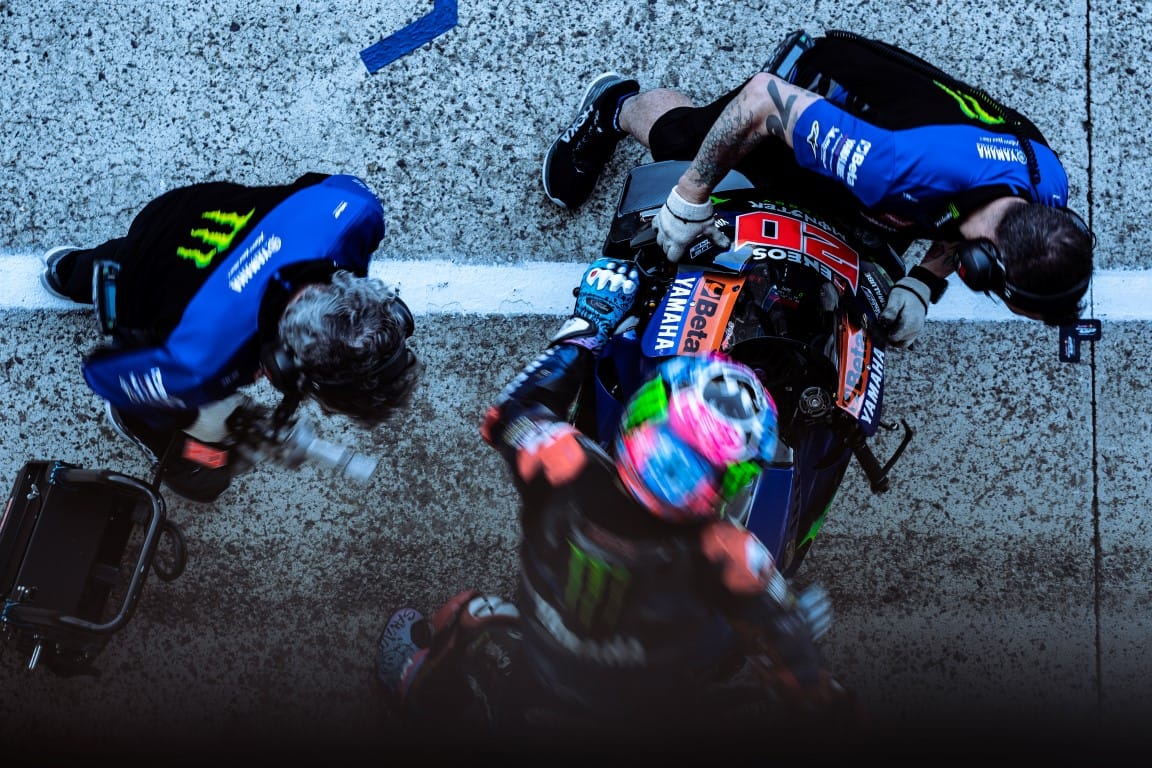
The endgame of that is still some time away, of course, because MotoGP development doesn’t happen overnight. But, taking full advantage of the new concession rules to not just test as much as possible but to bring new components to the circuit as often as possible, there’s finally some benefit coming Yamaha's way.
On the aero side it has been making solid progress over the past few months, with the gap to the European factories finally starting to close down, while the impact of former Ferrari and Toyota engine developer Luca Marmorini now being felt as well.
The engine is no longer a liability in a straight line, although that of course has come with trade-offs. A new engine spec arrived at the penultimate round before the summer break at Assen, and another is promised - one that both Fabio Quartararo and Alex Rins have both tested already and say recovers some of the old strengths of the bike in corner speed in particular.
It still needs time, of course, but with former world champion Quartararo insisting that the bike is now in a state of constant evolution rather than any big steps between seasons, it’s perhaps not unrealistic to believe that Yamaha might start the 2025 season at the very least ready to fight for the occasional win again.
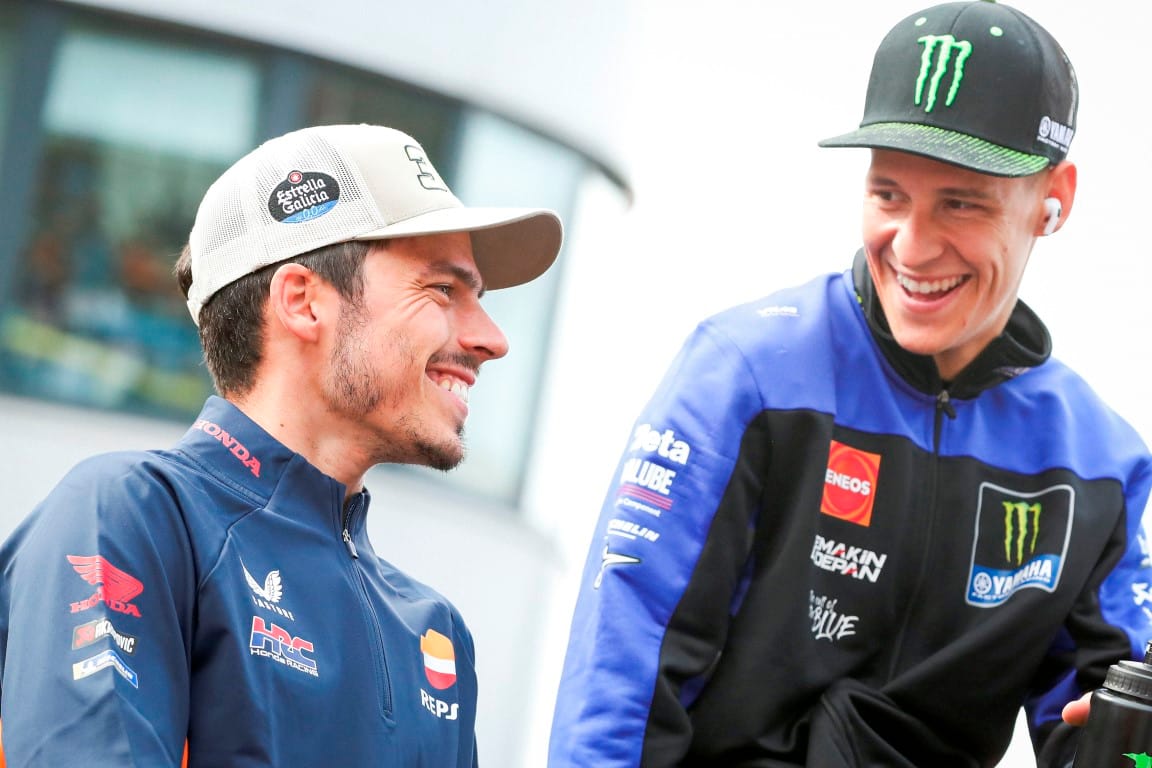
However, it’s harder to see progress at Honda. The state of play there is far less advanced than it is at Yamaha, as Honda seems largely intent on fixing its issues internally instead of conceding to the new world order and bringing in experts from other factories.
But its riders, too, remain adamant that change is coming.
All four of Honda's regulars have insisted at recent races that there are significant updates coming in the next few months now that they’ve seemingly finally found a development direction.
Even if that is the case, mind you, it’s not going to be an immediate fix. Honda appears at least six months behind Yamaha, and as a result it’s not unrealistic to think at this point that it’ll be the all-new 2027 machine before we see Honda back to being a potent force again.

